Splinterlands: How to WIN in GOLD 2 - Win rate and play rate analysis #7

This is the seventh post in a series concerning the overall win rate of different summoners in Splinterlands. The first six were concerned with the win rates in Novice - Gold 3. The latest three of these can be found here:
Win rate and play rate statistics #6: Gold 3
Win rate and play rate statistics #5: Silver 1
Win rate and play rate statistics #4: Silver 2
This time, we look at the win rate for ratings between 2200 and 2500. For players matching the rating and collection power criteria Splinterlands uses for its leagues, this is the range of Gold 2.
Winning summoners:
Higher leagues tend to lead to larger summoner diversity. This is the case also as we look at Gold 2 compared to Gold 3 and lower. In Gold 2, plenty of summoners are successful and relatively popular.
Key takeaways:
- Yodin Zaku and Scarred Llama Mage are still good choices, but are not as dominant as in lower leagues.
- Crypt Mancer, Plado Emberstorm, The Peakrider, and Mimosa Nightshade are the top choices, when we consider summoners that are played enough that you might face them.
- The nature deck is still strong, with Lyanna Natura and Mylor Crowling slightly above 50% win rate.
Losing summoners:
Key takeaways:
- Counterpick summoners do not perform well. Brighton Bloom and Owster Rotwell struggle, which is expected when more summoners are played.
- Fire is still the weakest color, with Qid Yuff, Malric Inferno, and Pyre occupying 3 out of the 6 lowest win-rates.
- Alric Stormbringer is the most popular summoner even in Gold 2.
Which cards do you need to win in Gold 3?
The statistics for play in Gold 2 leave room for a lot of different choices. Yodin Zaku and Llama are great if you have them. Lorna Shine is very successful and strong in many situations. Dragon decks see high win-rates.
Below, we look at two summoners and which cards they play. This time, we focus on a Dragon Deck (Selenia Sky) and one of the less popular nature summoners: Wizard of Eastwood.
Selenia Sky
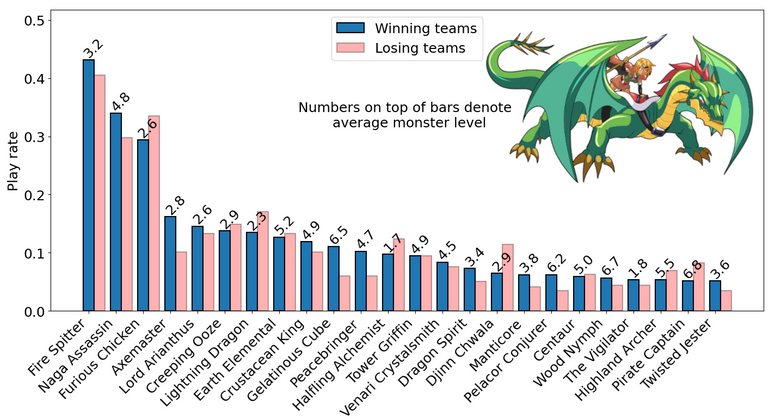
Selenia Sky is a dragon summoner that provides +1 ranged attack. She is a legendary card, and costs 3 mana. The figure above shows which cards people tend to play when they use Selenia Sky. Given her ability, it is no surprise that the top choices are ranged attack cards. Fire Spitter and Naga Assasisin take the top places. These cards cost little mana and have good stats, which makes them fit into most decks. Naga Assasin at level 5 gains access to the very rare ability Backfire. At the moment, it shares that ability only with Pelacor Deceiver. Fire Spitter is just cheap raw damage, with 4 ranged attack at level 3 (for 4 mana) in a Selenia deck. Axemaster is also popular, and for good reason. He doubles up the effect of Selenias ranged attack bonus with Double Strike.
Selenias most successful cards are Gelatinous Cube (level 6 or 7 to get Heal), Pelacor Conjurer (level 6.2 average, at 7 it has gains Divine Shield, in addition to both Flying and Magic Reflect), Peacebringer, and Axemaster. At level 3, Axemaster can deal 8 damage to a single target per turn with Selenia's buff, so its success rate is hardly surprising.
Selenias least successful cards are Djinn Chwala, Pirate Captain, Highland Archer, Halfling Alchemist, and Lightning Dragon. Djinn Chwala takes no advantage of Selenias buff, and generally requires supporting cards to be effective, which is not a successful strategy for Selenia. Pirate Captain (often level 7 with Selenia) likely tempts players into using too many melee cards. Halfling Alchemist and Lightning Dragon are somewhat surprising to find at the bad cards list, but Selenia's strategy tends to be to hit hard and fast. These cards do not provide that much damage per mana, which is likely why they are not that great.
Wizard of Eastwood
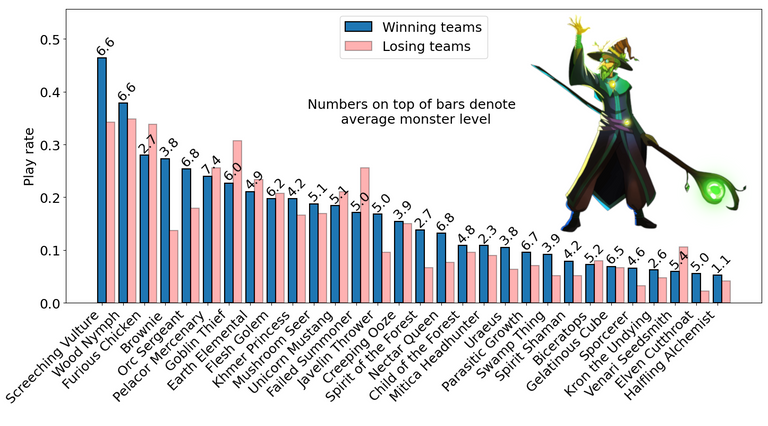
In Gold 2, Wizard of Eastwood absolutely loves Screeching Vulture. It is a must-have card that has an insanely high win-rate given how much it is played. Above level 6, the card has the Scavenger ability, which combines very well with Opportunity, which it has from level 1. Wizard often goes for a Pelacor Mercenary frontline, backed up by Wood Nymph, but sometimes swaps in Flesh Golem as well.
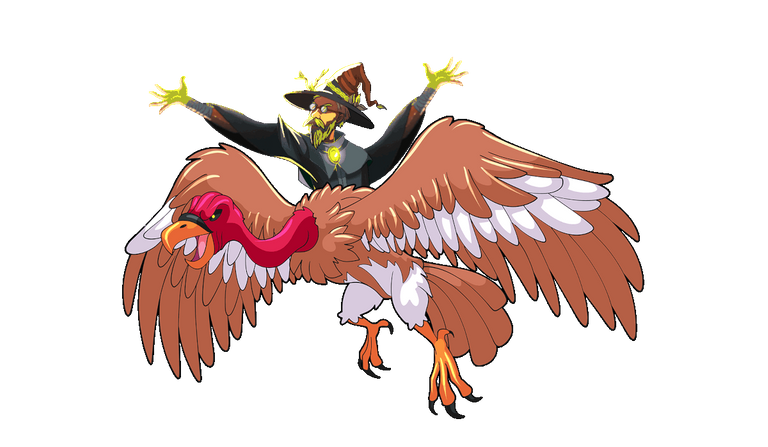
Wizards most successful cards are Elven Cutthroath, Sporcerer, Spirit of the Forest, Brownie and Swamp Thing. The cards indicate his best strategy: Take out your opponents weak cards in a single turn. With Sporcerer level 4+ you remove remaining armor with Rust (above the -2 that Wizard himself removes), and get magic protection from Silence. Elven Cutthroath level 5 is just quick and cheap damage. Spirit of the Forest (often played at level 3), gives Tank Heal along with some Snipe damage at high speed. It is also a card that is very hard to hit with ranged or melee attacks. Brownie and Swamp Thing further supports the strategy through amplifying the speed difference (Swiftness + Slow) and early round damage (Inspire + Weaken).
Wizards worst cards are Venari Seedsmith, Failed Summoner, Goblin Thief, Unicorn Mustang and Earth Elemental. Venari Seedsmith is likely too fragile for its mana cost to be particularly good. Failed Summoner is a counter-pick card, which is too risky to be good overall. Unicorn Mustang is simply a worse tank options than the Pelacor Mercenary and Flesh Golem. Earth Elemental, while a strong card, doesn't really fit Wizards play style. When it comes to Goblin Thief, there is not an obvious reason to its poor performance, but the data tells us its pretty bad.
You want these cards:
The top ten cards (by win ratio in this dataset) in Gold 3 are:
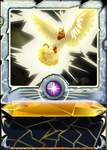

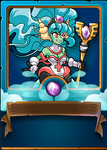
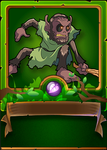
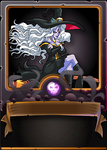
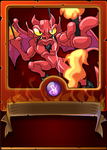
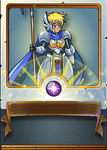
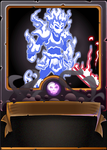
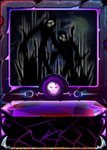
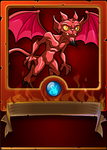
So the king of Gold 2 is the Thunderbird!

Thunderbird is not the most popular card, but the data shows that it performs pretty great. Its base stats are 1 ranged attack, 3 speed, 4 health and the Flying ability, for 3 mana. That is a pretty decent set of stats, but its real strength comes at higher levels. At level 3, it gains 1 more ranged attack, and at level 4 it has Stun. In this dataset, the average level of the Thunderbirds played was 4.2, meaning that it is played with Stun. Stun is pretty powerful when it activates, and access to it for 3 mana is great. Additionally, Thunderbird will give you a huge advantage in the Heavy Hitters ruleset.
Top cards for Selenia Sky and Wizard of Eastwood
If you want to play Selenia Sky, these cards have the best stats:







And for Wizard of Eastwood, these are the best ones:







Closing remarks
Some summoners were excluded from the above statistics. Those are the ones with less that 0.1% play rate. Information about these summoners is not useful for the common player, as they will not show up in your matches, unless you pick them yourself.
Rule set strategies
The data shown here include all rules. We are also creating guides for specific rules. You can find them here:
Strategycorner with Mammuter #5: Reverse Speed
Strategycorner with Mammuter #4: Melee Mayhem
Strategycorner with Mammuter #3: Noxious Fumes
If you would like to see more of this content, please let me know, like and share the post. Also, if you have not yet started playing Splinterlands, you can join and support me and the same time with the following link
Another way to support us is through card delegations or donations. If you want to do that, we are @kalkulus and @mammuter.
Best of luck in Splinterlands!
Kalkulus

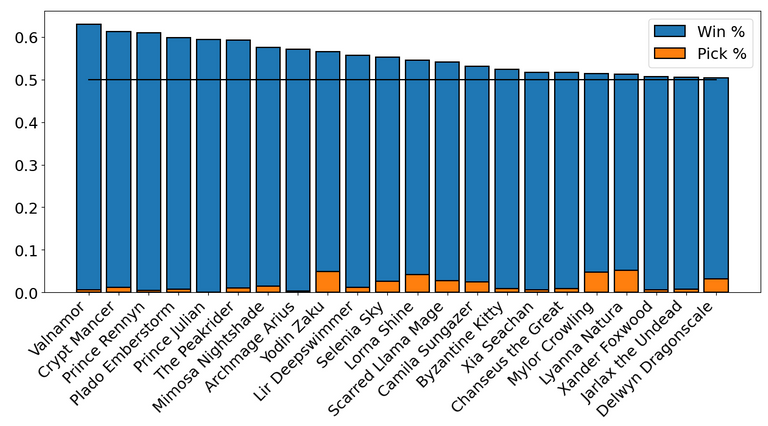
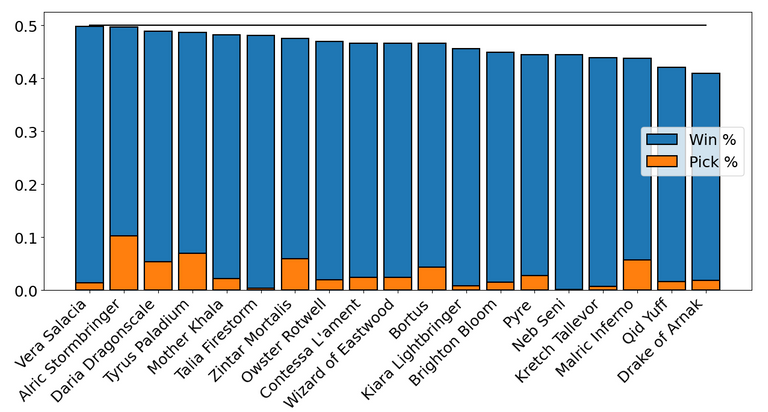
Your post has been manually curated by @monster-curator Team!
Get instant cashback for every cards purchase on MonsterMarket.io. MonsterMarket shares 60% of the revenue generated, no minimum spending is required. Join MonsterMarket Discord.
Congratulations @kalkulus! You have completed the following achievement on the Hive blockchain and have been rewarded with new badge(s):
Your next target is to reach 500 upvotes.
You can view your badges on your board and compare yourself to others in the Ranking
If you no longer want to receive notifications, reply to this comment with the word
STOPCheck out the last post from @hivebuzz:
Thanks for sharing! - @alokkumar121
